On its own, that might not sound like a big deal, but when one panel fails, the performance of the entire string can be compromised. In the case that you can’t find a matching replacement panel, you’ve got more than just a maintenance issue, you’ll have a redesign, a warranty headache, and in many cases, lost energy that you’ll never get back.
This is the untold story of solar panel replacement logistics, a growing problem amplified by the breakneck speed of panel innovation.
Solar arrays are not mix-and-match, with each string of panels required to operate at the same voltage and current. So when a panel goes down, it’s not just about plugging in a new one, the replacement must match the output of the original, otherwise, the whole string underperforms, or worse, fails.
And here’s the kicker: panel efficiencies are changing rapidly. In 2019, 310 W panels were the norm, but now, 600 W+ panels are standard, and the wattage ladder keeps rising. That means sourcing a like-for-like replacement is not only becoming increasingly more challenging, it is at times becoming impossible, even after as little as three years after the install.
Panel manufacturers are in a race to produce higher-output panels every year, and as they scale up, they stop holding “new old stock” after about five years. This means your warranty may cover the part, but not the practical solution.
If you lose a panel today, your options fall into three imperfect buckets:
- Bypass the panel entirely: The system continues to operate at a diminished capacity. In large-scale systems, the compromise might barely register, but in smaller systems, it can often lead to a 5–7% loss.
- Scour the market for a match: This is a time-consuming and uncertain solution, as it could take weeks to find a match while your system bleeds ROI, or even worse, or you could even risk striking out altogether.
- Pre-stash spare panels onsite: The smartest and most overlooked strategy, and the one I’d like to expand on as my preferred way of mitigating damaged panels.
It is crucial that a “spare panel strategy” is be built into the system design from day one. It’s simple, low-cost, and future-proofs your system.
Ideally, you should keep up to 5% of your panel count as onsite spares, from the same batch as your original install. That way, should a failure occur, you can slot in a perfect match immediately, foregoing the need for a redesign, output loss, environmental waste, and most importantly, avoiding weeks of unnecessary downtime while waiting on supply chains or back-ordered stock.
This isn’t just an operationally smart solution, but also environmentally responsible. Without spares, many asset owners are forced to replace an entire string of perfectly good panels simply because one failed and no match exists, causing unnecessary waste and cost for something that is entirely avoidable.
Imagine a system with a 20-panel string of 250 W modules, 5 kW total, and one panel fails. The supplier sends over 500 W replacements, because that’s what’s available now. Sure, they cover it under warranty, but you can’t just plug them in, you’ll now need to swap 10 panels and possibly rewire the configuration. The one failed panel gets recycled, but the other 19 still-functioning 250 W panels get pointlessly retired.
If a few 250 W spares had been onsite from the beginning, the replacement would’ve taken hours instead of weeks, and the system design would remain intact without any functioning panels wasted.
In an industry obsessed with the new, new installs, new tech, new wattages, we’re forgetting the reality of long-term operation. Solar systems aren’t one-off projects, they are living energy assets that need care, foresight, and above all, strategic maintenance thinking that includes spare parts.
A panel stashed today is an outage avoided tomorrow. It’s also a smarter, leaner, more reliable energy future that can actually be counted on.
Author: Daniel Lazarus, co-founder of solar energy management company Industrias Services Group
The views and opinions expressed in this article are the author’s own, and do not necessarily reflect those held by pv magazine.
This content is protected by copyright and may not be reused. If you want to cooperate with us and would like to reuse some of our content, please contact: editors@pv-magazine.com.
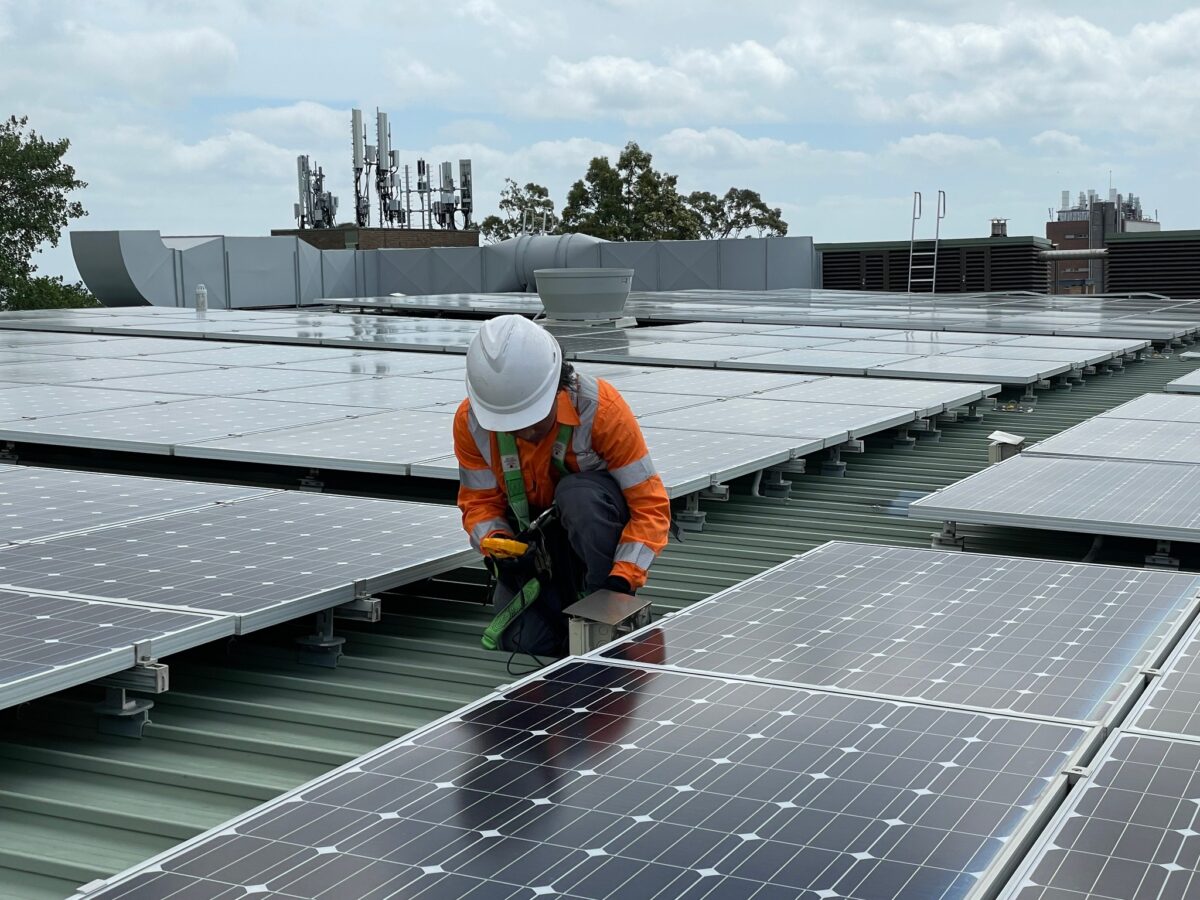
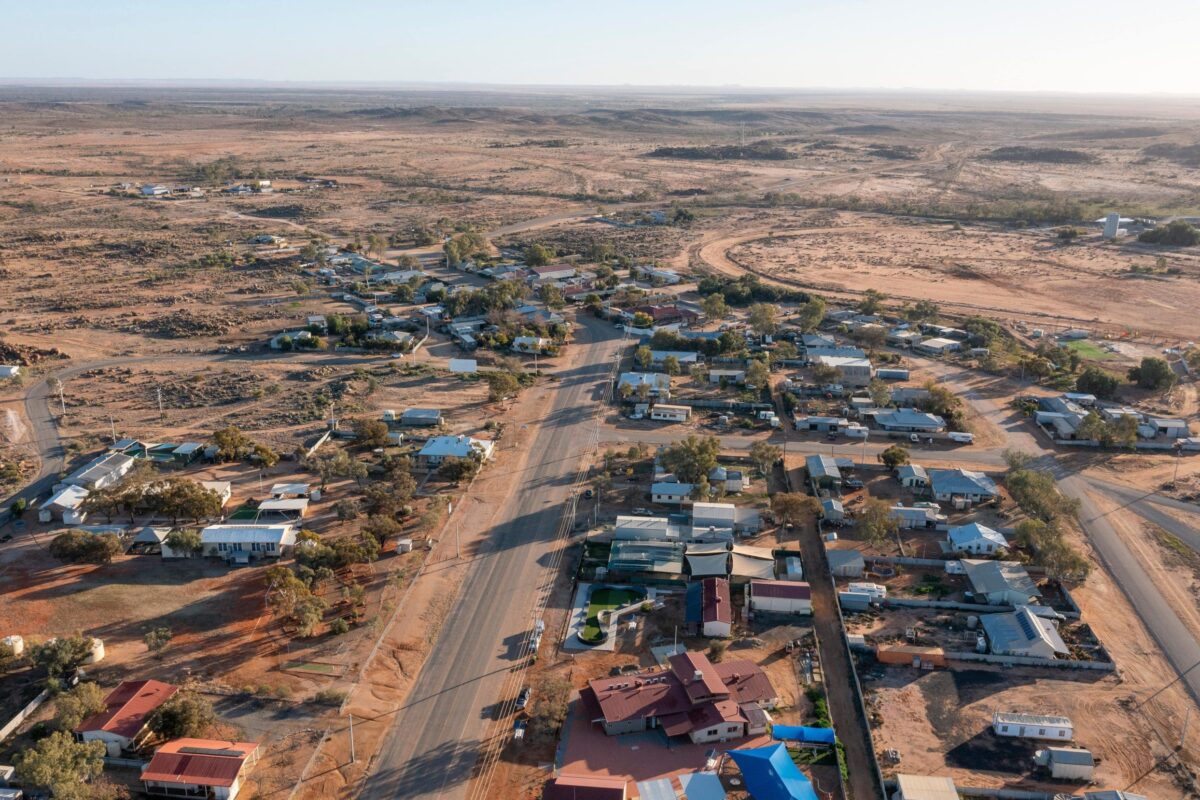

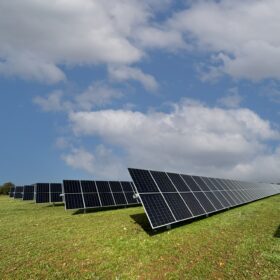
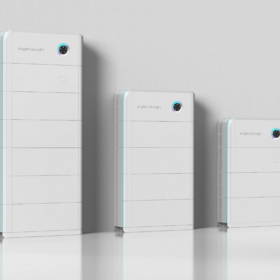

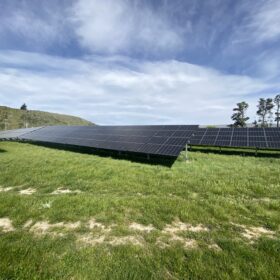
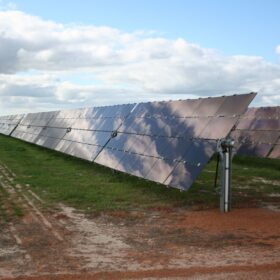
By submitting this form you agree to pv magazine using your data for the purposes of publishing your comment.
Your personal data will only be disclosed or otherwise transmitted to third parties for the purposes of spam filtering or if this is necessary for technical maintenance of the website. Any other transfer to third parties will not take place unless this is justified on the basis of applicable data protection regulations or if pv magazine is legally obliged to do so.
You may revoke this consent at any time with effect for the future, in which case your personal data will be deleted immediately. Otherwise, your data will be deleted if pv magazine has processed your request or the purpose of data storage is fulfilled.
Further information on data privacy can be found in our Data Protection Policy.